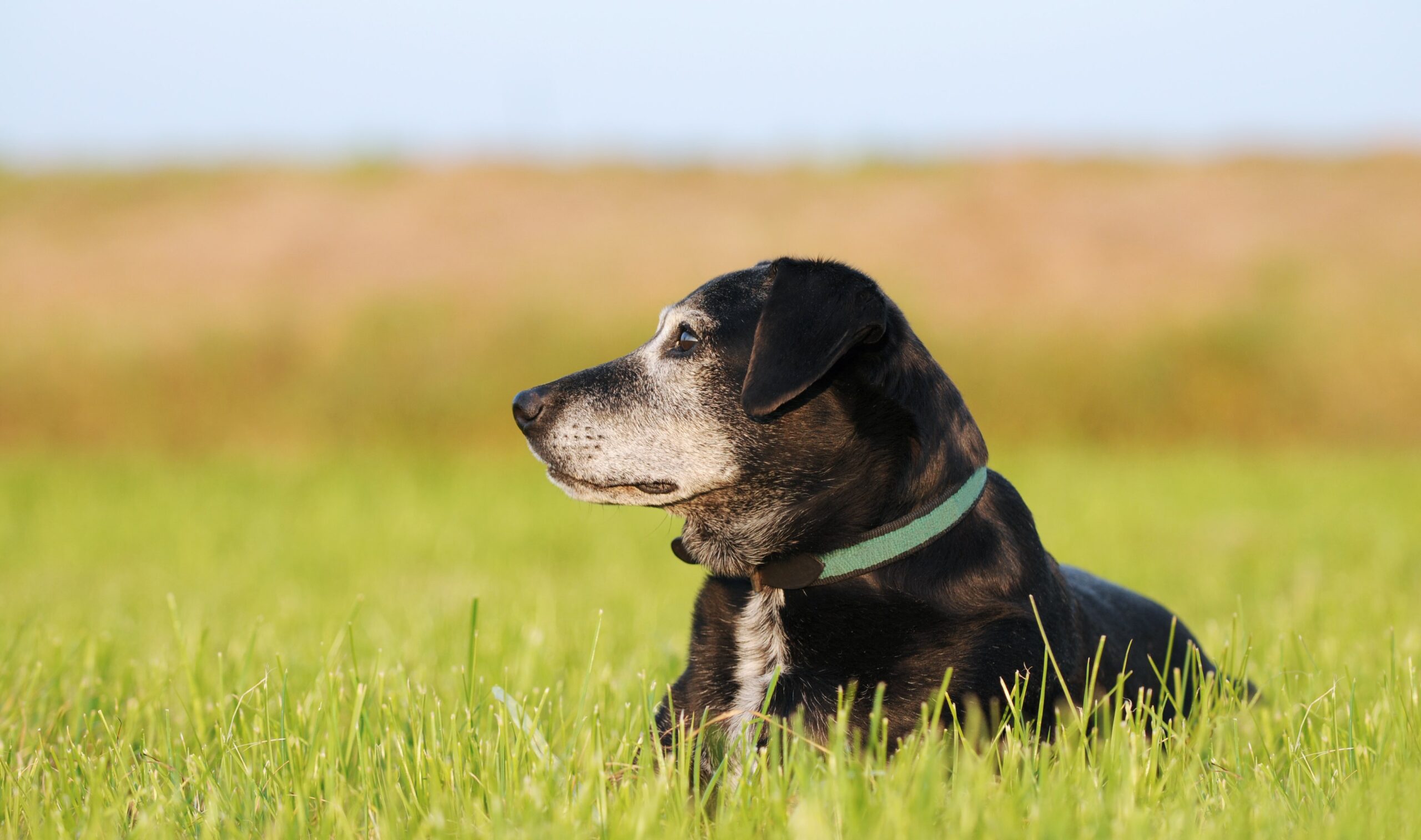“Anticipatory grief feels like preparation, but often it’s anxiety disguised as care. You end up living in the future, rehearsing pain that hasn’t arrived.”
The first time I met death, there were ants.
It was the 1980s, and my Lolo’s dog Niño had died in our Malabon home. Back then, dogs weren’t “fur babies.” They were co-workers—loyal, tireless companions who earned their keep. In our hometown, where life traditionally revolved around the palaisdaan, dogs were trained to swim across ponds carrying pots or tools to neighbors. They guarded homes, barked at strangers, and ate leftover ulam and bahaw.
No kibbles, no strollers, no Instagram handles.
Grief exposes our illusion of mastery. The more you resist it, the more it consumes you.
Every morning, Lolo and I walked to buy pandesal—one bag for humans, one for the dogs. One morning, I found Niño lying motionless in the yard, a slow parade of ants marching into his mouth and another trailing out. I tugged at Lolo’s shirt and asked, “Why are there ants going inside Niño?”
He looked down, a stoic man built like he could bench-press a carabao, and quietly said, “Patay na si Niño.” Then he cried.
It wasn’t the ants that bothered me. It was seeing my Lolo cry—the first man I ever saw shed tears, and not for a human but for a dog. That moment was my first encounter with loss: silent, unscripted, explained not by words but by a single tear.
Fast forward forty years: Enter Noche

Noche was my first real pet—not the family’s but mine. A black smoke kitten I got in 2022, skinny and wide-eyed, looking like a bad day personified. I spoon-fed him, taught him to respond to his name, to sit on command, and to enter his pet condo at exactly 6 pm. He played fetch with leaves, walked with me around the garden while he meowed as if narrating our little adventure, talked to flowers, teased the dog, and kneaded my tummy like dough.
He was also neurotic and high-maintenance: a picky eater, prone to diarrhea, asthmatic, and unbearably loud when hungry. But he was family.
I had imagined his future—his senior years, the kidney issues, the toothless face I’d spoon-feed mush to. I even curated a Spotify playlist for his tenth birthday. Then one evening, he ran off. I sent a plea to the neighborhood group chat. Two days later, the call came.
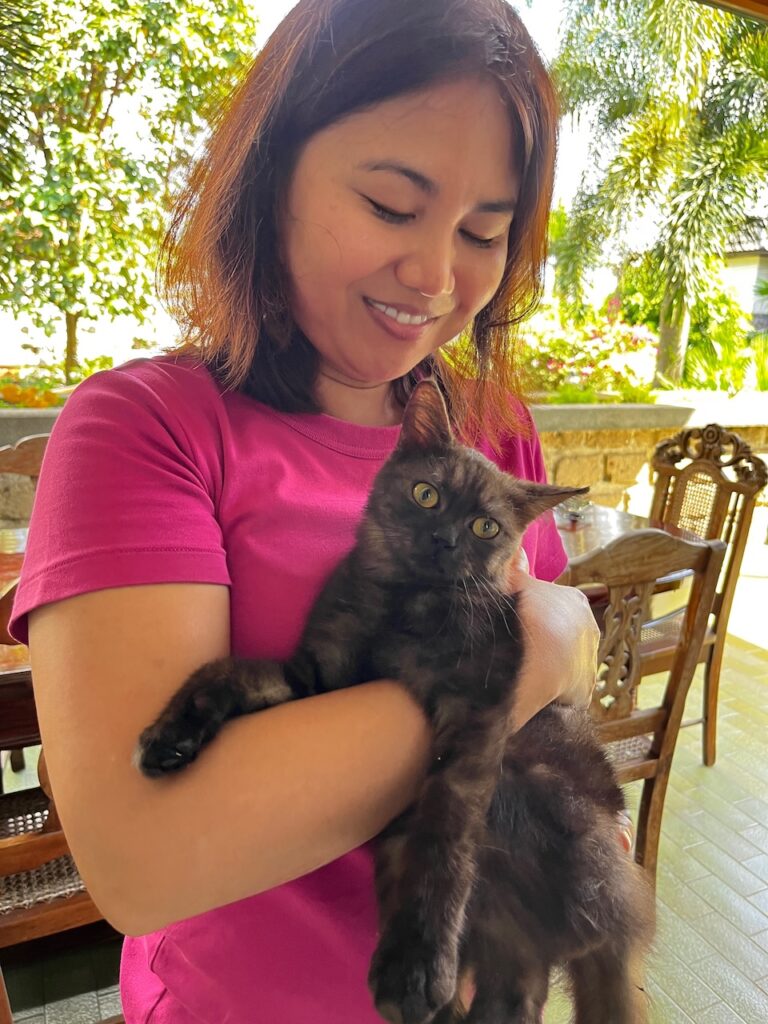
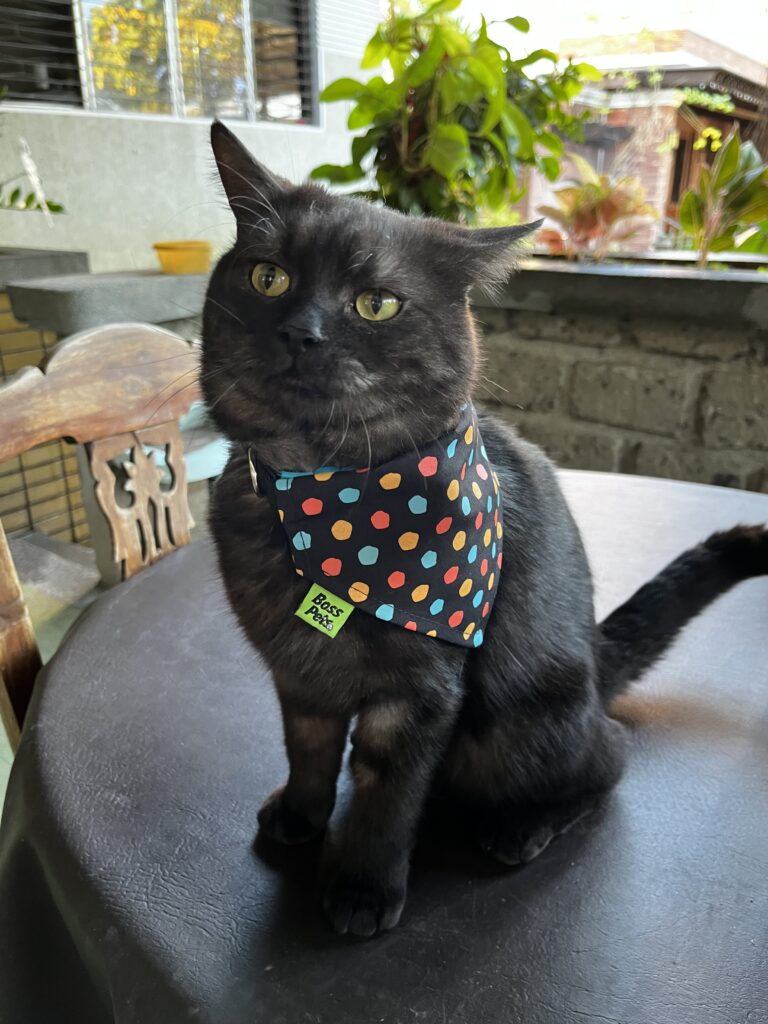
“Hija, your cat’s in our backyard. Dead.” One speeding vehicle. One second. And the life I thought I could slowly say goodbye to was gone instantly.
I would see the ants again. This time, I found Noche lying still under a few dead leaves, his eyes and mouth swarming with them. His body was bloated from the summer heat, round like a stuffed toy. He had been missing for two days, and now I had my answer.
That day I realized I had been living for months in emotional rehearsal. Having lost both parents, I thought humor and open talk about death were healthy ways to brace for the inevitable: aging, expenses, decline. I took photos, recorded videos, and laughed at his antics, thinking I was preparing myself. But the sudden, brutal way he died didn’t soften the blow.
Related story: How my rescue dogs bring so much joy into my life
Related story: I had not intended to become a father. Then I became a dog dad
Related story: What being a dog mom means on Mother’s Day
Experts weigh in on anticipatory grief
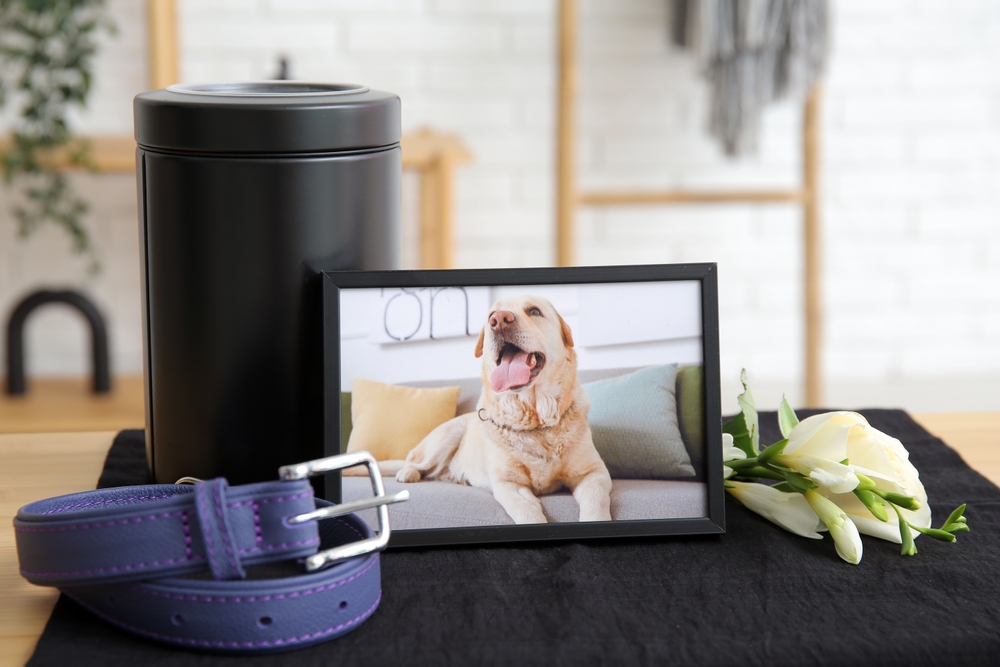
What I didn’t understand then was that I had already been grieving before the loss even happened.
Psychologists call it “anticipatory grief”—the emotional process of mourning someone or something that hasn’t yet died or disappeared. It’s common among caregivers watching loved ones fade from Alzheimer’s or terminal illness. But I didn’t expect to find it in the quiet rituals of pet ownership: counting the years, fearing the what-ifs, trying to protect a small, fragile life from time itself, knowing full well that you will outlive it.
Before Noche died, I imagined how it might happen—old age, maybe kidney failure, maybe after I’d had enough time to prepare. I told myself I’d be ready. But readiness, I learned, is an illusion.
“Anticipatory grief feels like preparation,” says Aida May de Guzman, a clinical psychologist based in Manila. “But often, it’s anxiety disguised as care. You end up living in the future, rehearsing pain that hasn’t arrived.”
Her colleague Raph Doval-Santos, an existential therapist, adds that anticipatory grief is “a challenge of presence. You start living as if the loss has already happened, and in doing so, you lose the present moment that’s still alive.”
Psychiatrist Dr. Ronald Elepaño III calls this the paradoxical path to surrender. “We only find peace,” he says, “when we stop trying to control what can’t be controlled. Grief exposes our illusion of mastery. The more you resist it, the more it consumes you.”

Jan Castañeda, a longtime mental-health and LGBTQIA+ advocate now pursuing his master’s degree in psychology, compares anticipatory grief to psychological inoculation. “You expose yourself to small doses of pain to build emotional resilience,” he says. “But too much, and it stops being preparation—it becomes rehearsal for regret.”
That hit me harder than I expected. Maybe I wasn’t anticipating grief. Maybe I was anticipating regret.
When Niño died, there was no hoopla. Dogs were mourned quickly: “Sayang, mahusay ’yan na bantay.” Then life went on. He was buried under a kamias tree, with a stone marker left by my Lolo.
But the Philippines has changed.
According to the Social Weather Stations (2023), 64% of Filipino households now own pets. The Philippine Star calls it the “booming petconomy”: cafés, grooming salons, boutique strollers, organic treats, and luxury aftercare services. BusinessWorld (2023) estimates the pet-health industry at ₱1.1 billion, growing by almost 9% annually. The industry doesn’t just serve animals anymore—it caters to the human emotions attached to them.
I spent nearly ₱10,000 for Noche’s cremation, urn, and portrait. The aftercare package even included a thirty-minute pet wake with a funeral director to pray over him.
The long history of loving our animals
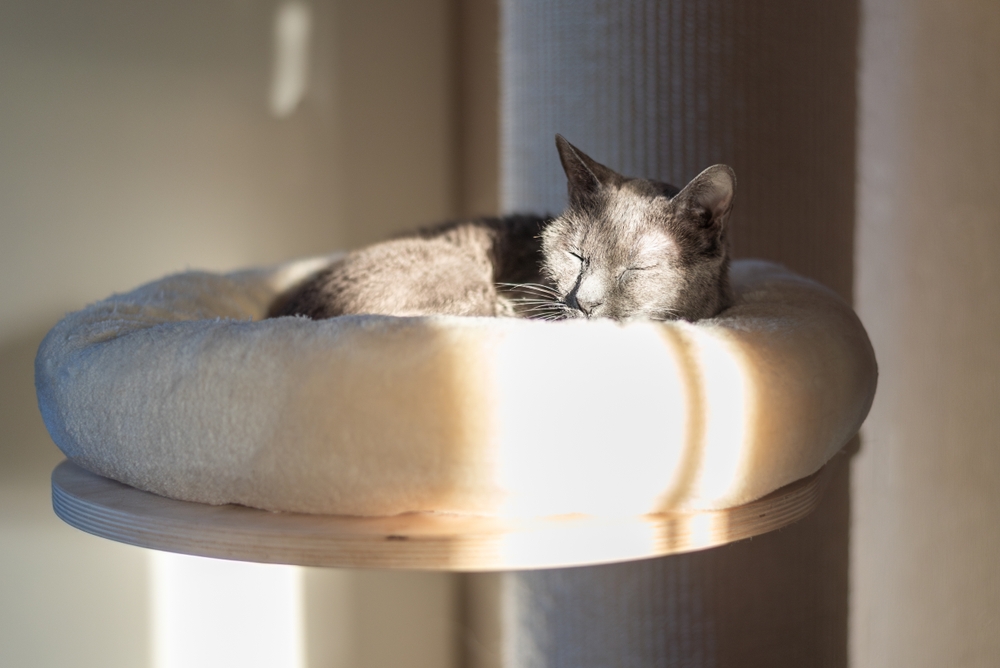
In ancient Egypt, cats were sacred. Archaeologists have unearthed feline mummies buried alongside their human companions—proof that grief and the desire to honor love transcend species. The same has appeared across cultures: warriors buried with their horses, small dog skeletons interred with owners in ancient Europe.
Grief, like art, leaves more evidence among those who can afford it.
The modern world is no different. Middle-class families can now afford cremations for pets that range from ₱3,000 to ₱12,000, complete with urns, paw prints, and portraits. Some even livestream the service. But beneath all this—from ancient tombs to modern pet cemeteries—is the same impulse: the need to mark the end of a loved one’s life.
The poor who bury their dogs in empty lots feel the same ache as the Egyptians who wrapped theirs in precious linen. The difference was never the love—only the immortal visibility.
The evolution of grieving
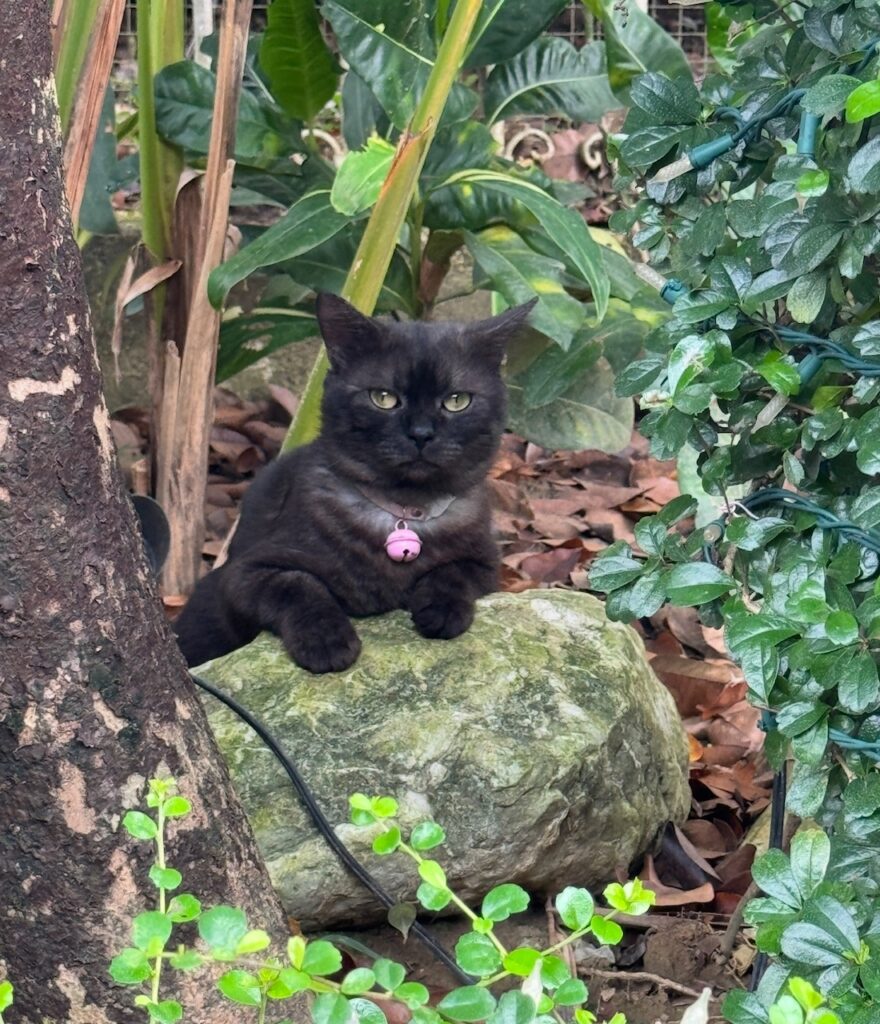
Our relationship with grief mirrors our relationship with pets: once practical, now deeply personal.
Decades ago, grieving an animal was considered indulgent. You didn’t hold a wake for Bantay; you simply got another one. But as pets moved from the backyard to the bedroom, the emotional contract changed.
Pets became extensions of family—the companions who filled gaps left by migration, aging, and urban loneliness. A cat, fish, dog, tortoise, spider, or bird in a condo can be both confidant and emotional anchor.
“Pets humanize us,” says Doval-Santos. “They teach presence, responsibility, and routine—qualities that modern life often erodes. When we lose them, it’s not just the pet we grieve, but the version of ourselves that existed with them.”
That’s why losing Noche felt so destabilizing. He wasn’t just a cat; he was my routine, my witness, my small constant in a chaotic world.
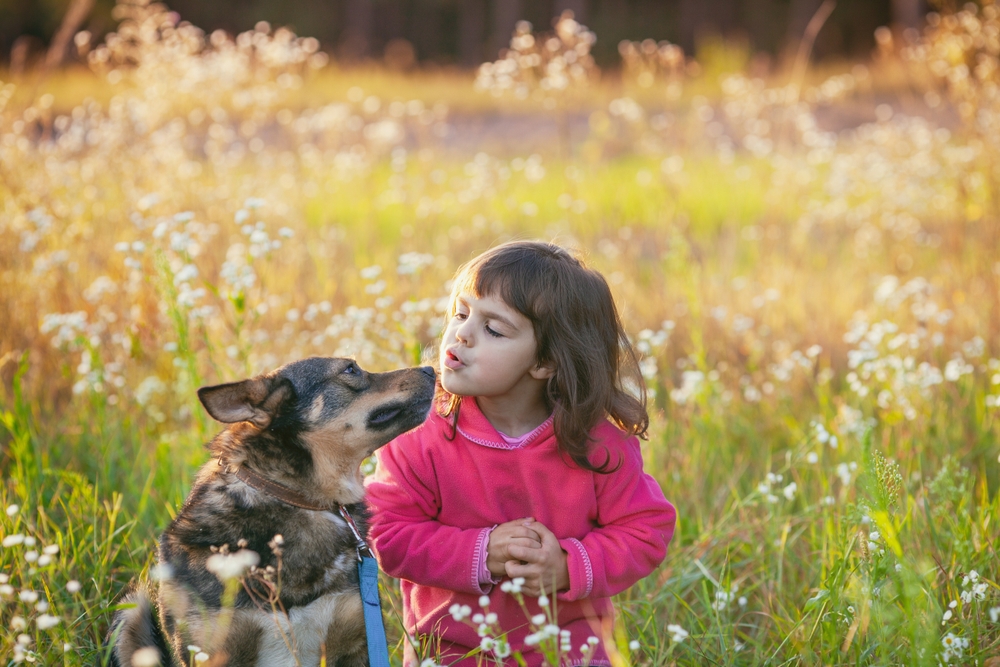
Grief doesn’t get easier; it only changes texture. Niño taught me death’s certainty; Noche, the sting of losing someone you’ve cared for. Maybe that’s the wisdom in anticipatory grief—it reminds us that love has weight, that joy always casts a shadow. When Noche was alive, I’d get irritated by his constant meowing during my calls; now, I’d trade silence for one more interruption. Niño’s death introduced me to mortality; Noche’s, to tenderness. And maybe that’s what separates the mourning of the past from the grief of today—not the price of an urn or the number of likes on a memorial reel, but the willingness to grieve out loud. Because grief, in any form, only means you had something worth missing.
So, is anticipatory grief good? For me, yes—in small, manageable doses, like bitter medicine. Thinking about loss didn’t stop me from loving; it reminded me to pay attention.
I took so many pictures of Noche—some blurry, some pointless—just to freeze moments already slipping away. I held him longer, laughed at his weirdness more, forgave the scratches on my arms like they were souvenirs. Even on my busiest days, I made space for him. That, I think, was the point.
There’s no life without regret. The discomfort, the ache, even the guilt—they’re proof that something mattered enough to leave a mark. Anticipatory grief didn’t save me from heartbreak, but it softened the edges. It made me more awake, more deliberate, more human.
Related story: Bark Air, a new airline for dogs (and their humans), is now flying
Related story: Westin Manila chefs create canine delights that’ll make your dog’s tail wag
Related story: Take your love to the next level by being a more responsible fur parent

